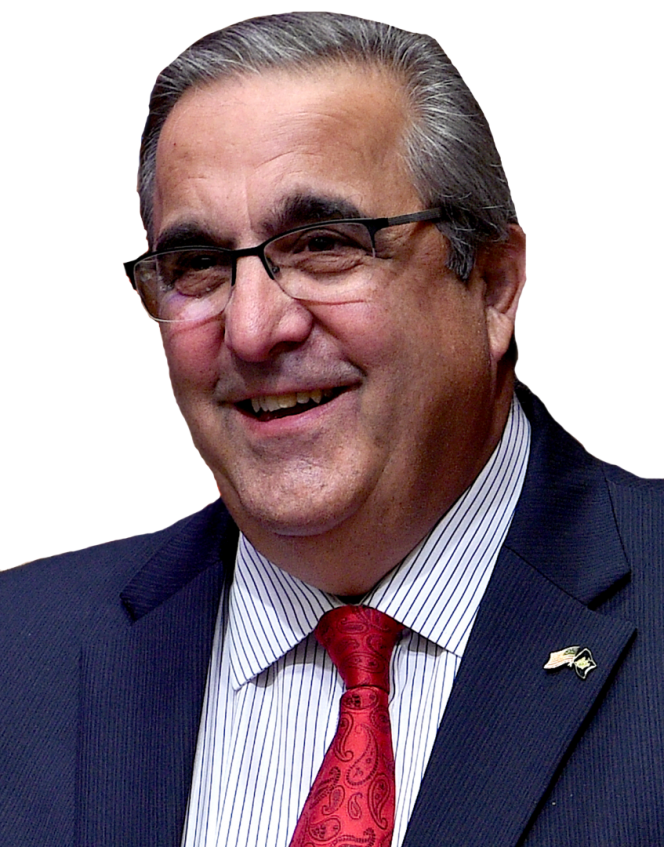Upstate Schools Educate More, Yet Receive Less: Addressing The Upstate Versus Downstate School Aid Inequities
Legislative Column from Assemblyman Joe Giglio (R,I,C-Gowanda)
New York State is broke. If you couple the current sluggish economy with decades of reckless spending to finance political and social experimentation fueled by unsustainable taxes in an environment totally lacking in accountability and oversight, you have a recipe as to why we are broke. As we tackle the many fiscal challenges associated with the 2011-12 State Budget, many inequities have come to light; among the most harmful of these inequities is the disproportionate way in which education aid is allotted to Upstate New York school districts.
In his proposed state budget, Governor Andrew Cuomo suggested cutting $1.5 billion in school aid. Calling the cuts too severe, the Assembly Majority responded with their own proposal last week which restores $200 million in education aid. Conventional wisdom would lead one to think that Upstate school districts would feel relieved that there is some ease from these deep cuts; but is that true?
Conclusive analysis shows that regardless of whose proposed cuts we are discussing – Governor or Assembly Majority – the school districts of Upstate New York face a sizeable disadvantage in school aid when compared with wealthier districts in the Westchester, New York City and Long Island regions. Despite educating roughly 45 percent of the student population in the state, Upstate New York is receiving 52 percent of the total education cuts statewide. Why then, are Upstate New York schools still receiving a disproportionate share of the cuts?
The current formula for school aid distribution rewards school districts that have spent generously on programs, amenities, personnel and administrators through high property taxes. The Assembly Majority’s restorations mean nothing to Upstate because they based their distribution off of the same out-dated formula that the Division of Budget is using. New York City benefits under this formula in that it educates 38% of the student enrollment but only receives 34% of the proposed cut. This inequity can be shown on a per pupil basis as well: while the statewide per pupil cut is $489, the cut for New York City is $440, and the Upstate New York region is well above that at $557.
The bottom line: this inequity in funding needs to be corrected in the enacted budget to ensure the cut in school aid is distributed in an equitable manner and does not favor New York City at the expense of other regions of the state. Without major changes in the distribution of state aid to Upstate schools, the results could be disastrous; many schools are already preparing for the worst. Voting for a budget that does not address these inequities is a disservice to the students, who are the future of this state. Because we must make difficult cuts to education, it should be done in a manner which fairly impacts all regions and school districts in the State.
